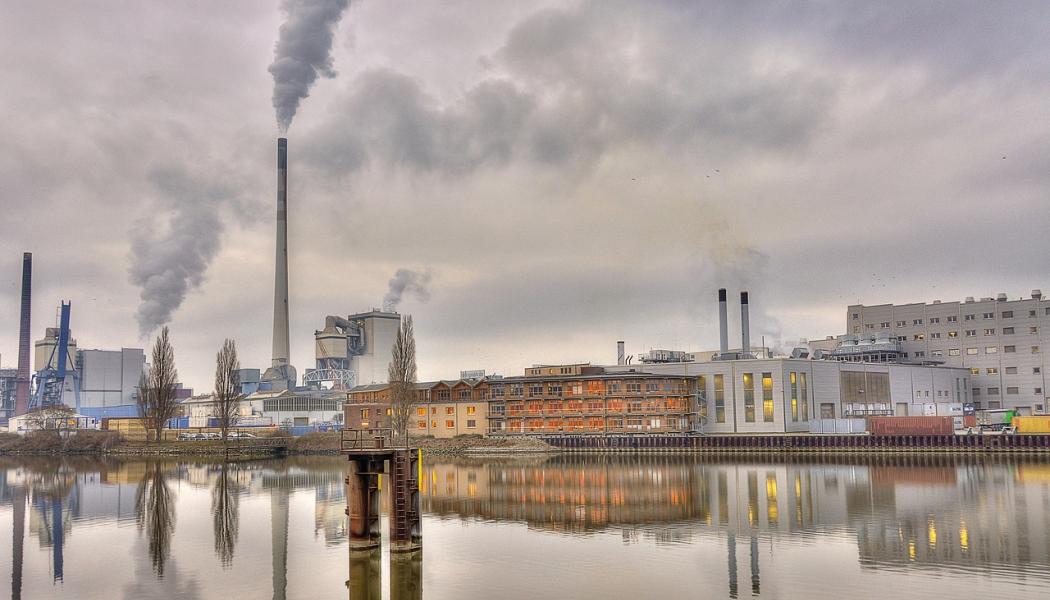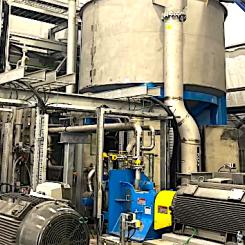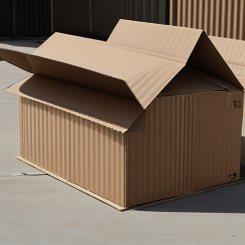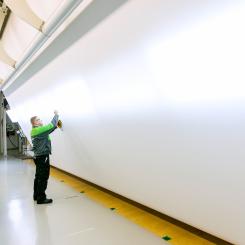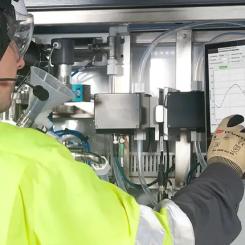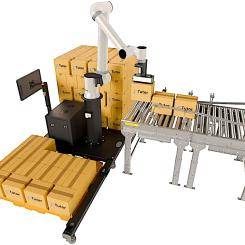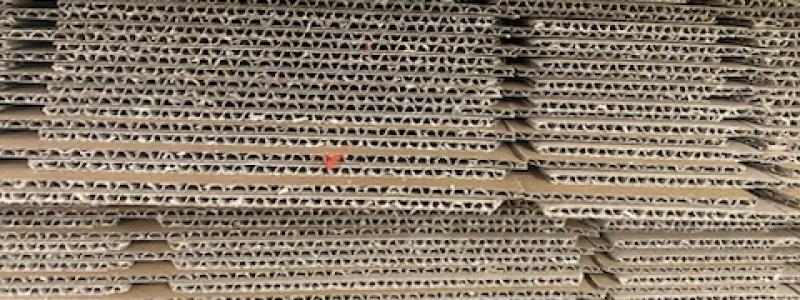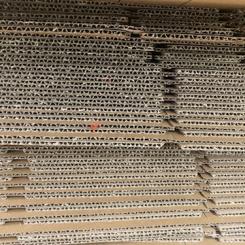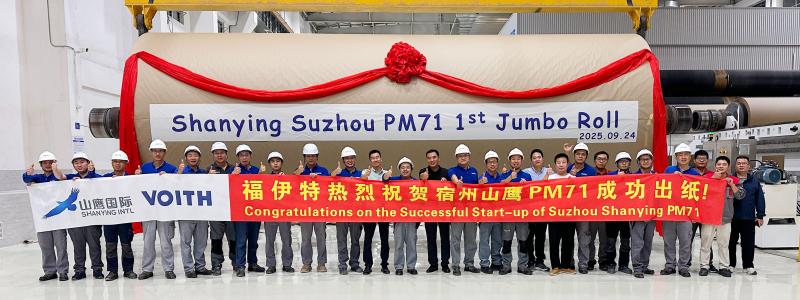Finland’s timber trade saw a steep decline during the third quarter of the year. According to the industry association Metsäteollisuus ry, member companies bought 4.8 million cubic metres of wood from privately owned forests between July and September. This represents a forty-two per cent decrease compared with the same period last year and stands roughly one-third below the five-year average.
Purchases of pulpwood reached 2.3 million cubic metres, while log volumes amounted to 2.0 million cubic metres. Both categories remain well below normal levels. Pulpwood volumes are more than one-third under the long-term average, and log purchases are nearly forty per cent lower.
The sharp decline reflects a broader market uncertainty. Finland’s forest industry has in recent years faced rising production costs, weaker international demand and a more volatile global economic environment. Lower timber purchases risk intensifying the financial pressures already affecting the sector.
Stumpage prices remain unusually high despite lower demand
Although overall trade volumes have decreased, stumpage prices remain at historically high levels. Prices fell slightly from the record highs seen in the previous quarter. Stumpage prices for conifer logs decreased by four per cent and birch logs by five per cent. Pulpwood also fell by five per cent compared with the previous quarter.
Even with these reductions, prices remain significantly above 2022 levels. Conifer log prices are still twenty and fourteen per cent higher than the average for that year. Birch log prices have risen by approximately one-third since 2022. Pulpwood prices have increased even more sharply, with an average rise of fifty-five per cent over the same period.
Price differences can be substantial even between neighbouring forest plots. Factors such as tree quality, size, terrain, transport distances, harvesting techniques and seasonal conditions all influence the final price.
Industry calls for more active forest management amid uncertainty
According to Metsäteollisuus ry, the weakened timber market combined with high costs highlights a deeper structural challenge – increasing uncertainty in the operational environment. The organisation stresses the importance of long-term forest management to maintain growth potential, economic value and resilience to changing climate and market conditions.
– “Active forest ownership and management secure forest growth and vitality. At the same time, forests’ ability to adapt to climate change improves. This forms the basis for sustainable economic development and ensures the availability of raw materials in production forests,” said Maija Rantamäki, Head of International and EU Forest Affairs at Metsäteollisuus ry, in the original statement.
She also notes that government subsidies for forest management were exhausted already in 2024 and appear likely to run out again this year. According to the organisation, this should not prevent forest owners from carrying out essential measures, especially those in the early stages of the forest cycle, which are crucial for future growth and economic returns.
Industry representatives warn that insufficient forest management could reduce future timber supply at a time when raw material costs are rising and demand conditions remain unstable.
Fact
– Timber purchases fell by forty-two per cent compared with Q3 2024
– Stumpage prices remain significantly above 2022 levels
– Government subsidies for forest management have run out early two years in a row
Source
Metsäteollisuus ry, October 2025


